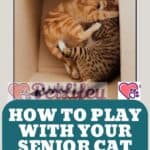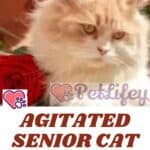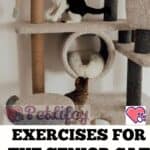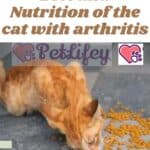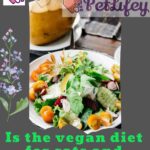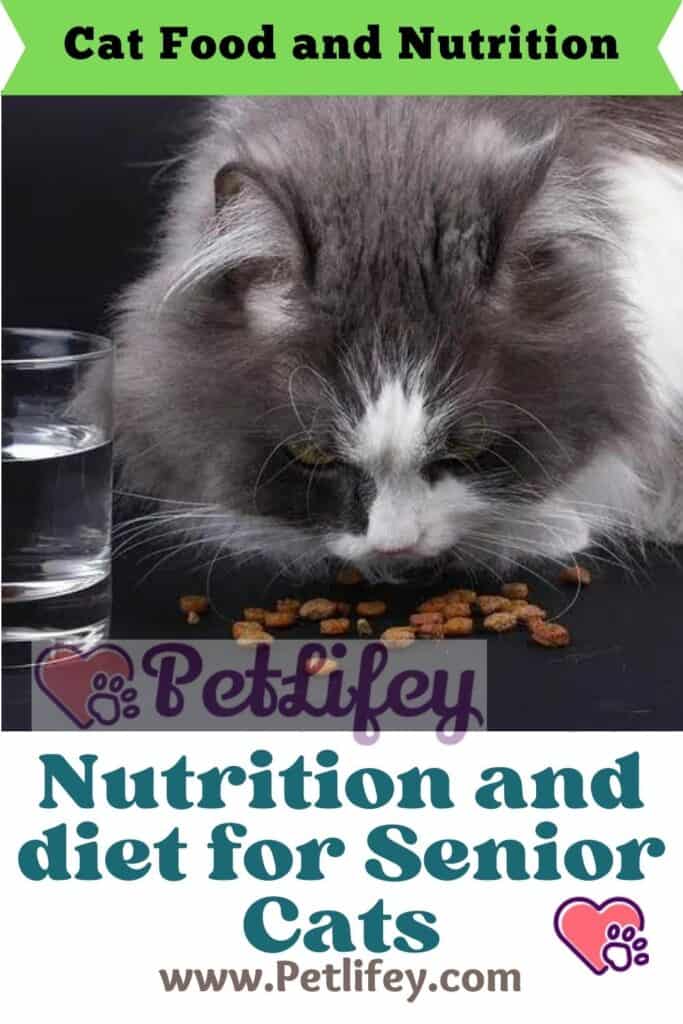
Is your cat getting old? Here are the precautions to be taken in your diet and some useful tricks to better deal with the passing of time.
The advancing age involves physical problems both in the case of humans and in animals: even our cat therefore unfortunately will begin to have the first ailments due to the passing years. In particular, a cat is considered old at the age of 10. Old age is not synonymous with death, especially considering that some cats, based on age, living conditions and health, can live up to 20 years. But what contributes to maintaining your optimal state of health? Several tricks on the part of the owner but everything starts from the feeding that he administers to his beloved feline.
Each cat has its own nutrition
There is no universal diet for all cats aged 10 and over: each cat is a story in itself and of course the concept does not change with age. This is because each cat has their own needs and physical problems. The problems related to the age of a cat can be of various types: in particular there will be cardiovascular problems, or related to the digestive system or even respiratory problems such as asthma and other symptoms. Consequently, the diet must also be different depending on the problems that could afflict our cat: starting from the common assumption that the diet must always be balanced and balanced. To guarantee them a life that is as long and peaceful as possible.
How to choose the nutrition of the elderly cat
Although nutrition has always been a very valid weapon against the aging of our cat’s fur, with the advancing age certainly the brightness of the coat could be lost and certainly not because of what it eats. After the tenth year of age, a cat will have a higher nutritional requirement as it will have to compensate for the lack of strength, constant tiredness and a perennial feeling of apathy and sleepiness. But how to draw up the right program to feed our good ‘old’ feline friend? The vet, it is always the right solution, since as an expert on the subject and an excellent connoisseur of our cat, he will be able to advise us on which foods are suitable to counteract his ailments. The expert will also assess that an older cat has a much slower metabolism and is harder to assimilate nutrients, as well as chewing problems due to weak teeth. In addition, an older cat can have problems related to excessive weight loss and chronic diseases such as diabetes and kidney problems.
What should be the food of the elderly cat
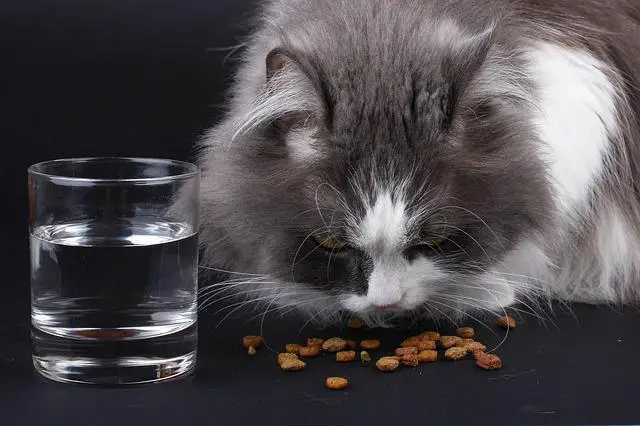
Regardless of the rotten one, which must always be of excellent quality, even more so in the case of the elderly cat who will have to keep up in strength, it is essential that the food chosen for its diet has specific characteristics. Here are the properties of the food that every responsible and prudent owner will have to buy for their cat: finding it will not be a problem as both pet shops and the most well-stocked supermarkets will have a wide choice.
Digestible
Considering the slower metabolism of an elderly cat and perhaps a lack of appetite, it is necessary that the food is always nutritious and easy to digest. Cats usually digest proteins well, as carnivores, and should not eat too many carbohydrates, while grains and vegetables should always be to a lesser extent. This means that the first choice must always be the best quality meat. When choosing food, it is essential to read the labels that explain the composition of the product: we make sure that there are no vegetable by-products and even fats or baked goods.
Humid
Given the problems associated with chewing and a set of teeth that are now worn and easily prone to cavities, the food must be moist since it is easier to chew. In addition to being more edible, wet food also contains a percentage of water in it which certainly benefits the health of our cat. If we offered our elderly cat only dry food and perhaps paying little attention to always refilling the bowl with its water, we could cause problems with the urinary system: kidney stones and bladder stones will certainly be around the corner!
No carbohydrates
In dry food, in addition to the absence of water, there is another problem related to the fact that it could easily contain too high a percentage of carbohydrates. Even some grain-free products may contain plant components such as potatoes and peas, which may be present in the cat’s diet but to a small extent since it digests them with difficulty.
Homemade
In general it is advisable to feed the feline with food produced at home: perhaps choosing first-hand products of first quality, preparing them in the right way and paying attention to the nutritional supply of each single component is certainly more demanding but it has countless other benefits on the health of our cat. Furthermore, based on the pathology of our cat, we could choose increasingly specific and suitable products, perhaps even preventing some diseases.
More fiber and less fat
Among the fats, which must be present but in a minimum percentage, omega 6 and omega 3 must not be missing: those contained in fish, for example, also have anti-inflammatory benefits and help prevent and fight problems of this kind. On the contrary, the fibers must be greater than those contained in the food of an adult cat: this is because the elderly cat frequently has problems with peristalsis, or slow movements related to digestion. Having catnip at home is always a valid solution to help the cat in its food ‘disposal’ operations.

